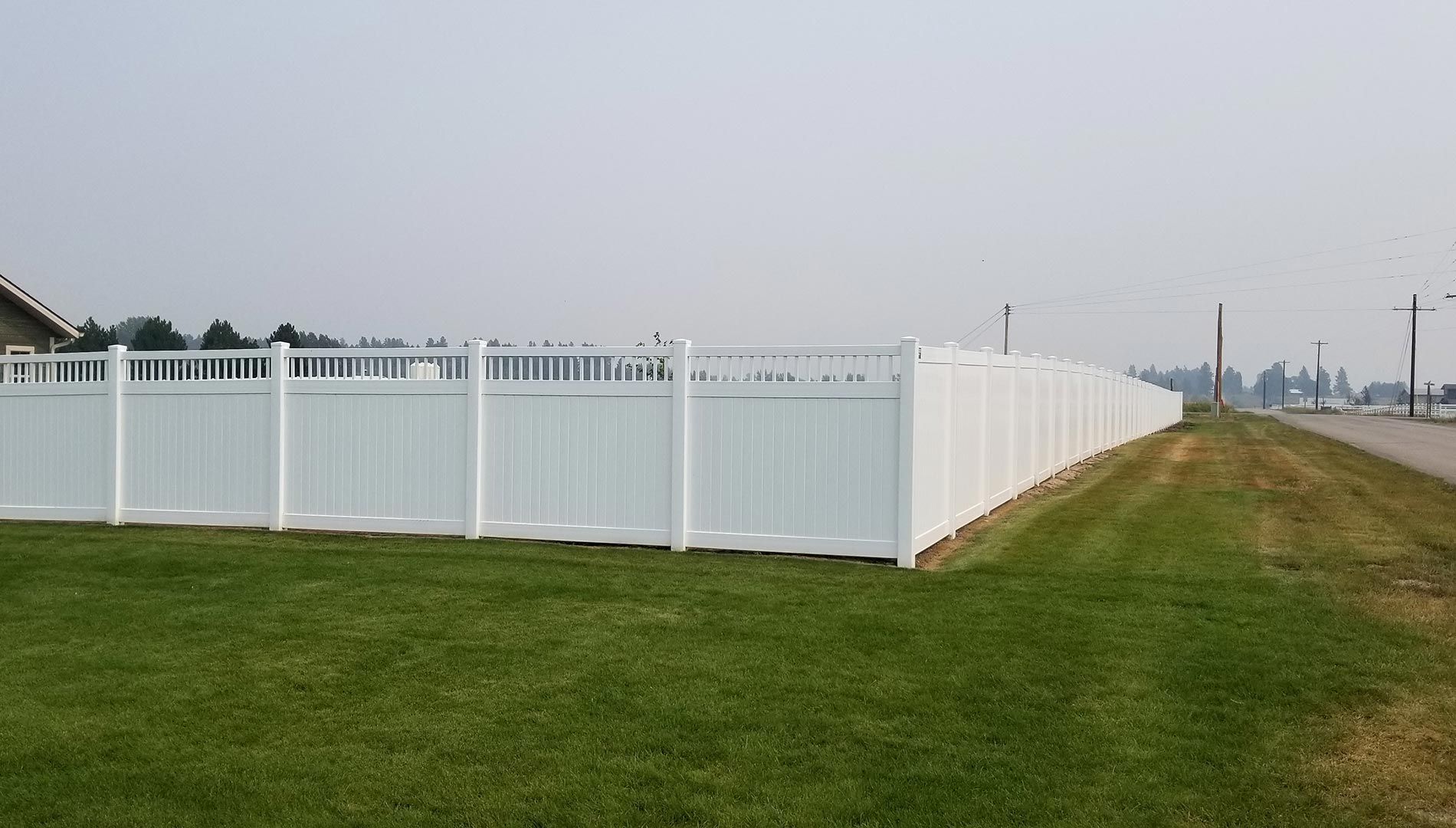The Value of Choosing Sustainable Materials
As environmental awareness grows, more homeowners are turning to eco-friendly fencing options to minimize their carbon footprint. Choosing eco-conscious materials not only helps the planet but can also enhance your property’s aesthetic appeal.
Sustainable fencing options usually use renewable resources, recycled materials, or low-impact production methods. These choices can greatly decrease waste, energy use, and emissions compared to traditional fencing materials.
Why Bamboo Is an Ideal Eco-Friendly Fencing Option
Bamboo is a fast-growing, renewable resource that has emerged as a popular choice for eco-conscious homeowners. Its natural strength and aesthetic appeal make it a adaptable fencing material. Here’s why bamboo is a leading option:
- Rapid Growth: Bamboo can grow up to 3 feet per day, making it a highly renewable resource.
- Minimal Environmental Impact: Harvesting bamboo causes minimal disturbance than other wood types.
- Stylish Design: Bamboo fencing offers a warm look that complements a variety of landscaping styles.
Bamboo fences can be arranged in panels or rolled fencing, making them adaptable for different fencing needs.
Recycled Fencing Materials: A Sustainable Choice
Recycled materials are another top choice for eco-friendly fencing. These options typically repurpose waste products into durable, attractive fences:
- Recycled Plastic: Made from post-consumer waste like bottles and containers, these fences are resistant to weather and pests.
- Composite Fencing: Combines recycled wood and plastic for a durable, wood-like appearance with easy care needs.
- Metal Fencing: Recycled aluminum or steel fences offer a sleek look while utilizing repurposed materials.
Using recycled materials not only diverts waste from landfills but also cuts down on the need for virgin resource extraction.
Low-Impact Maintenance Strategies
Eco-friendliness doesn’t stop with material selection; proper maintenance can also help reduce your fence’s environmental impact. Here are some ideas for sustainable upkeep:
- Use Natural Cleaners: Avoid chemical-based cleaners and opt for solutions like vinegar and water to clean your fence.
- Choose Low-VOC Paints or Stains: When refinishing, use products with very few volatile organic compounds to reduce emissions.
- Repair Instead of Replace: Fixing damaged sections of your fence reduces waste and prolongs its lifespan.
With these practices, you can increase the longevity of your fence while staying committed to sustainability.

